At what age do kids show athletic ability?
Your kid sprinted across the living room like they’re in the NFL Combine—does that mean they’re athletic? Not so fast. Physical fitness doesn’t always show up as raw speed or playground domination, especially in preschool years.
What grabs your attention now might not predict long-term potential in youth sports. In fact, most research says athleticism is more about movement patterns, coordination, and how kids adapt, not just who scores the most goals.
Want to help your child stay strong, avoid injury, and build real athletic skills? You’ll want to read this all the way through. Infinite Performance Training of Virginia is the premier trainer of
What “Athleticism” Actually Means for Kids
If your child isn’t the fastest runner or the highest jumper, don’t hit the panic button. Athleticism in kids isn’t about raw speed or how many points they score. It’s about how they move, how they react, and how their body handles different kinds of physical activity. A child excelling in gymnastics or swimming may never touch a baseball glove—and that doesn’t make them less of an athlete.
True athleticism starts with strong motor skills—think balance, coordination, timing, and spatial awareness. These don’t always show up in flashy ways, but they build the foundation for movement that lasts through puberty and beyond. And when those basics are overlooked, kids face a higher risk of injury later, especially when sports get faster, more competitive, and more demanding.
Key traits that show up before the highlight reels:
- Coordination: Can they skip, hop, or switch directions smoothly?
- Balance: Steady posture during jumping, landing, or twisting movements
- Reaction time: How quickly they respond in a game or during play
- Body awareness: Knowing where their limbs are, especially in space
- Adaptability: Can they handle new challenges in sports like gymnastics, swimming, or baseball?
Athleticism isn’t built in a weekend clinic or a trophy season. It shows in how kids move across a variety of activities—and how they build confidence through play, challenge, and repetition. Think movement first, medals second.
Genetics Play a Role—But So Does Training
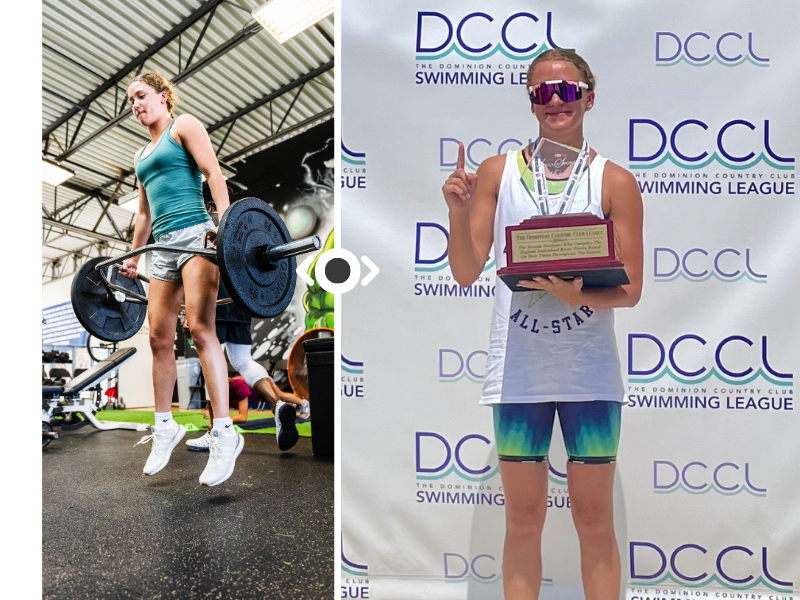
Some kids are just wired to move. They seem to leap higher, run faster, and master movement without being shown twice. That’s the genetics part. But raw talent without structure won’t carry them through middle school sports, let alone beyond. Think of it like this: you can be handed a Ferrari at age ten, but without lessons, you’re still going to crash it into a mailbox.
Genetics influence things like skeletal muscle composition, reaction time, and how kids respond to training. But that’s only half the story. The other half? Exposure.
A child enrolled in dance, martial arts, or recreational sports from a young age tends to develop better coordination, attention span, and social skills—all critical for future performance and injury prevention. Children with exceptional physical abilities but no structured movement training still risk injury and frustration when competition intensifies.
Why training matters just as much as DNA:
- Develops discipline and consistency—talent doesn’t mean much without repetition
- Boosts body control—especially in movement-heavy sports like dance and martial arts
- Strengthens attention and focus—kids learn to stay locked in during drills or games
- Improves social and emotional readiness—teamwork, resilience, and communication matter in every sport
- Lowers injury risk—good form and prep build durable movement habits early
So yes, some kids win the genetic lottery. But the ones who thrive long-term are the ones who show up, train smart, and learn to connect physical fitness with focus and effort. Talent opens the door—training keeps it open.
Signs to Watch That Point to Athletic Potential
Not every future athlete dominates at recess. Sometimes, the signs are subtle—a quick recovery after a fall, smooth coordination on the monkey bars, or a kid who thrives during exercise while others tire out. Athletic potential doesn’t always shout; it often shows up in quiet patterns over time.
Across different age groups, early signs can look more like curiosity and resilience than game-winning plays. A child who picks up movements quickly in swimming, adapts fast in cross-country running, or shows steady attention span during drills may be on a great track. These qualities are more valuable than just “being fast.” They speak to body awareness, adaptability, and readiness for deeper development as they move from rec leagues into school sports or organized training.
Subtle but telling traits of athletic potential:
- Quick coordination: Learns new movement patterns with less instruction
- Focus under pressure: Maintains attention span during games or practice
- Recovery speed: Bounces back from falls, fatigue, or mistakes quickly
- Movement confidence: Shows ease and rhythm in skills like skipping, jumping, or throwing
- Team interaction: Enjoys teamwork, shares the ball, listens to feedback
- Multi-sport ability: Easily adapts between soccer, swimming, and more
- Consistent interest in physical play: Doesn’t avoid exercise—seeks it out
GET IN TOUCH
Schedule a Training Session
Athleticism in Kids: Common Questions, Real Answers
1. When do kids usually show signs of athletic ability?
Many toddlers begin to exhibit basic movement skills—such as running or jumping—by age 2 or 3. But those early sparks don’t predict long-term performance. Real athletic development takes time, structure, and variety.
2. What can parents do to support athletic growth early on?
Keep it simple: encourage active play, mix in games that build coordination, and balance activity with rest. No need to rush into intense training—give them space to move and explore. Support your kids and encourage them no matter what; remember, encouragement goes a long way with confidence!
3. Is early sports specialization the best path to competition success?
It’s often the opposite. Specializing too soon can increase burnout and injury risk. A mix of sports helps build endurance, coordination, and overall motor skills, critical for long-term athletic development.
4. What factors influence when athletic skills start to show?
Genetics play a part, but the environment matters more than most people think. Early exposure to different movements, quality food, consistent physical activity, and encouraging adults make a big difference.
5. Do kids need strength training to build athleticism early?
Not at all—but building a strong foundation matters. Young athletes benefit more from bodyweight movements, games that build core stability, and exercises that improve agility. Structured strength training can come later with proper guidance and education.
6. How do schools or coaches spot athletic potential?
Most look for body control, quick learning, and confidence in movement—whether it’s in PE class, tryouts, or pickup games. Coordination and coachability often stand out more than raw speed.
7. Is it normal for kids to develop at different rates?
Absolutely all kids develop at different rates. Some kids bloom early, others find their stride later. With the proper support and training, both can thrive long-term, on and off the field. Some of our athletes hit puberty later so their training might look a bit different.
Turner | Baseball Athlete
Congrats to the Infinite Performance Training feature athlete of the month – Turner Hadsall! Turner is a travel baseball player and plays for his middle school baseball team as well. When he came to us, his short-term goal was to improve his overall strength and athleticism in hopes of making the high school baseball team…
Maddie | Multi-Sport Athlete
Maddie is a true multi-sport athlete! She plays field hockey, soccer, runs track, and even jumps in the pool with her community swim team during the summer. On top of that, she gives back by coaching younger athletes in field hockey and swim—passing on her love for sports to the next generation. Maddie’s goal is…
Infinite Performance Training: Athlete Success Stories
Are you looking for some of our training success stories? At Infinite Performance Training, every athlete has a story worth telling. From middle school dreamers to Division I recruits, we’ve seen firsthand how discipline, mindset, and the right environment unlock potential. These success stories aren’t just about sports—they’re about growth, confidence, and the power of…
Continue Reading Infinite Performance Training: Athlete Success Stories
Kids Show Athleticism Verdict –
No one peaks in preschool. Athletic potential takes time, guidance, and the right kind of challenge. Whether your kid’s sprinting laps or perfecting cartwheels in the living room, it all counts. Want to build their confidence, skills, and love for movement the smart way?
Start training with Infinite Performance—we coach potential, not pressure.
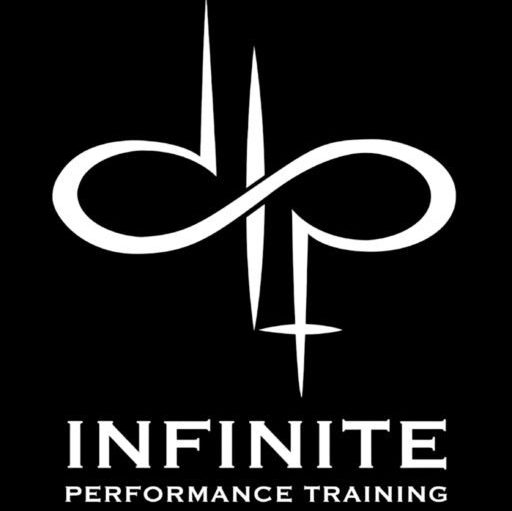
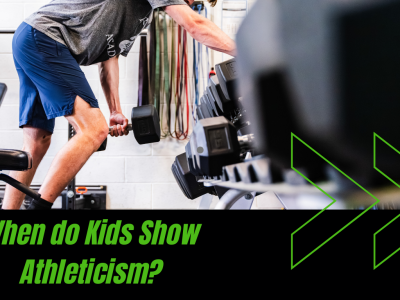
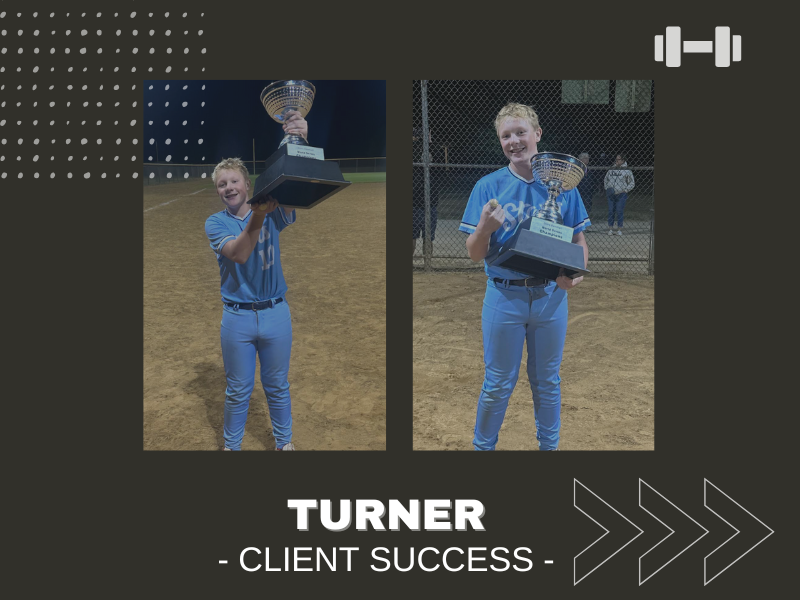
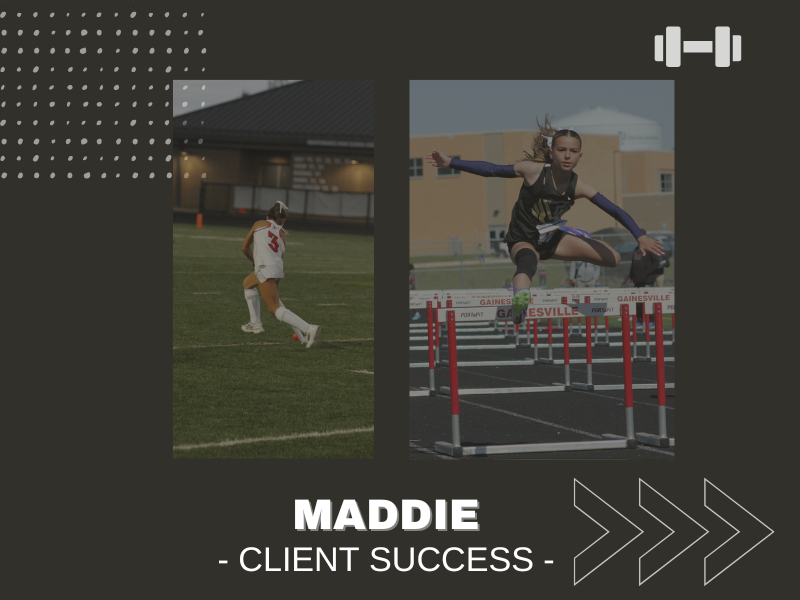

 Colby | Swimming Student Athlete
Colby | Swimming Student Athlete
Leave a Reply